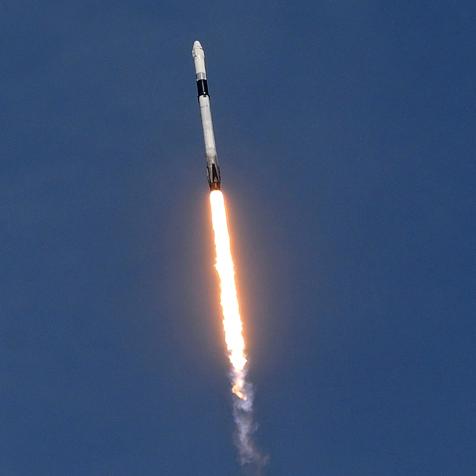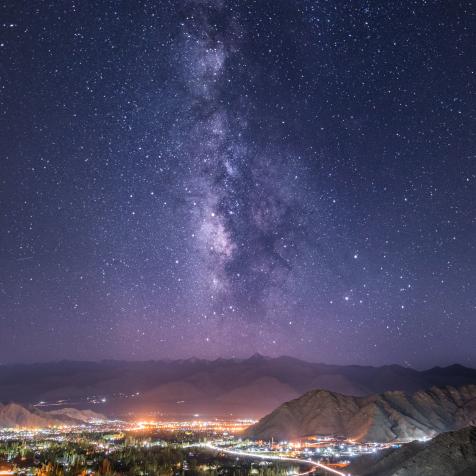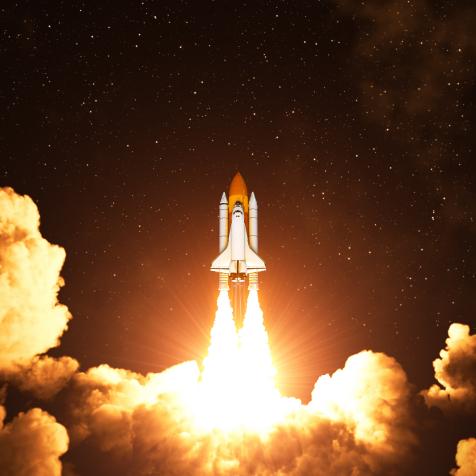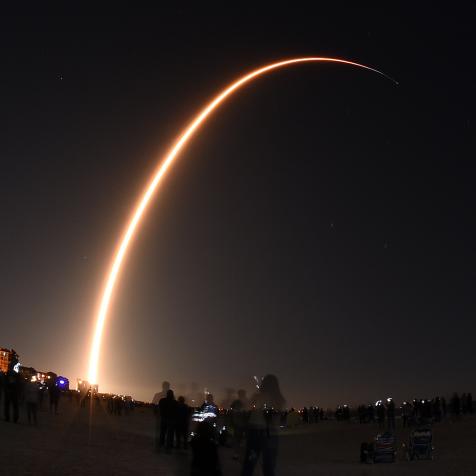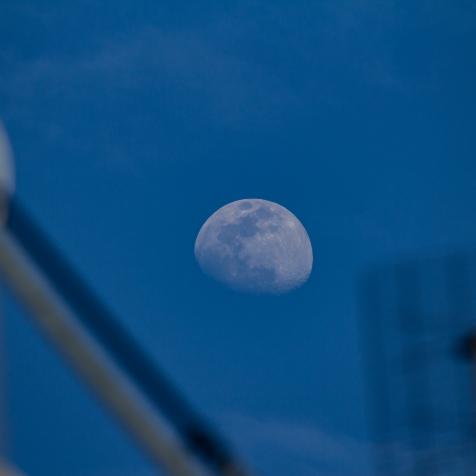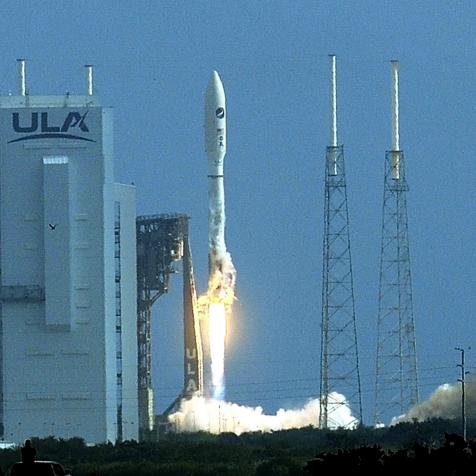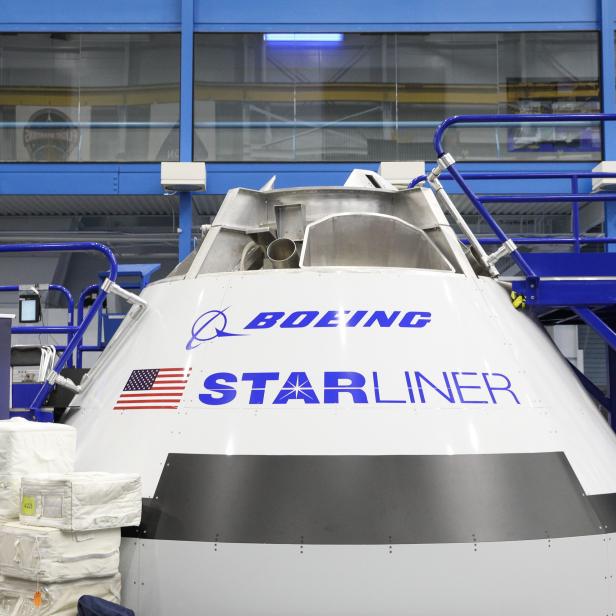
Loren Elliott
All Aboard the Starliner!

Boeing’s Starliner capsule launched on Friday. Astrophysicist Paul M Sutter has everything you need to know about the Starliner and its mission.
UPDATE (12/20/19 3:51p ET): Close, but no cigar. After a flawless liftoff from Cape Canaveral, the Starliner test vehicle failed to make a crucial in-orbit course correction, which means it can't rendezvous with the International Space Station as planned. According to NASA and Boeing engineers, the computer onboard the Starliner lost track of how much time had elapsed since launch, so it burned too much fuel too fast. NASA will keep the wayward vehicle in orbit for another two days before attempting to land it in its originally-planned location of New Mexico. And let's hope the computer checks its watch this time.
Continue on to read the original article.
If you want to go to space (and who doesn’t), you need two things: a big rocket and a capsule.
Okay, fair, it’s probably a lot more complicated than that, but a rocket and a capsule is a good place to start. The rocket gets to you into space, and the capsule keeps space out while you do all the things you need to do out there.
And while we’ve got plenty of rockets ready to go, NASA hasn’t had a capsule since 2011, when the Space Shuttle was officially retired after a storied – and occasionally disastrous – history. Since then, anytime we’ve wanted to send astronauts up to the International Space Station, we’ve had to hop over to the Baikonur Cosmodrome in southern Kazakhstan to hitch a ride on a Russian-made Soyuz spacecraft.
A spacecraft designed in the 1960’s.
At a cost of $81 million per seat.
Ouch.
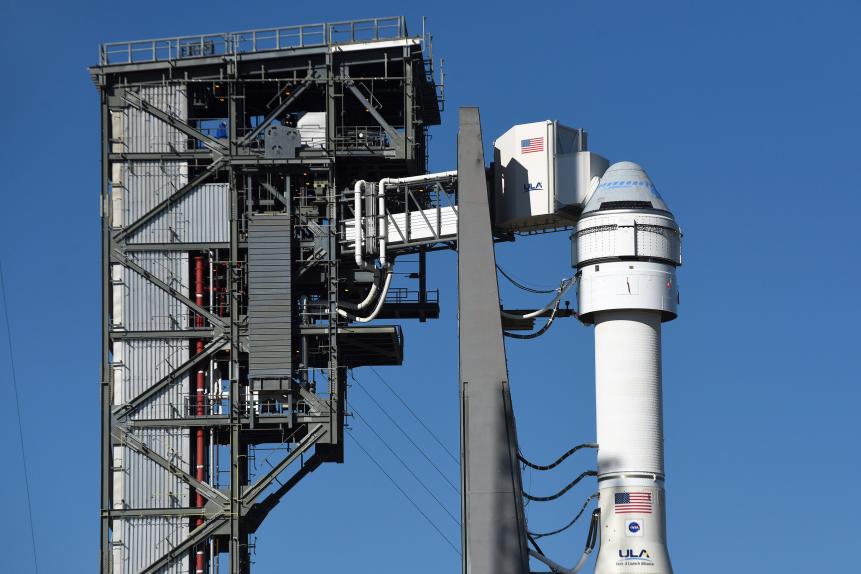
NurPhoto
Enter NASA’s Commercial Crew Development program, with the goal of paying some American companies a lot of money to figure out how to survive in space on our own, again.
And this December 20th at Cape Canaveral, Boeing showed off its new crew capsule, the CST-100 Starliner. Despite its name, the spacecraft will be incapable of sending astronauts to other stars, but instead will ferry astronauts to the International Space Station and (hopefully) bring them safely back to Earth.
The CST-100 (the “CST” stands for “Crew Space Transportation” and the “100” was added to make it sound cooler) is planned to head to the ISS on the 20th and spend a week there before returning to the ground. It won’t take anybody with it this time – it’s only a test flight – but everyone is generally happy that the thing is actually taking off, considering that Boeing has been developing this since 2010 and the Russians keep jacking up the cost of renting seats on the Soyuz.
The CST-100 is designed to fit on a variety of existing and soon-to-be-existing rockets, including the Atlas V (which will do the dirty work of the upcoming test flight), the Delta IV, the Falcon 9, and the Vulcan. This capsule is only slightly larger than the Apollo modules of decades past, and smaller than other spacecraft currently in development, as its primary role will be to just shuttle astronauts into low-Earth orbit and back.
However, the Starliner has a few cool tricks that previous capsules didn’t, including the ability to land on…land, instead of splashing down inconveniently in the middle of an ocean, using (no kidding) giant airbags. This allows for many more launches and returns of the capsules, since you don’t have to haul out into the ocean just to get your astronauts back.
If all goes well, NASA and Boeing hope to test the Starliner with a crew onboard in the first half of 2020. And while you personally won’t get to join that flight (unless you happen to be an astronaut while reading this), future flights will give you the chance to live out your childhood fantasies: Boeing’s contract with NASA allows them to sell one “tourist seat” in each launch.











